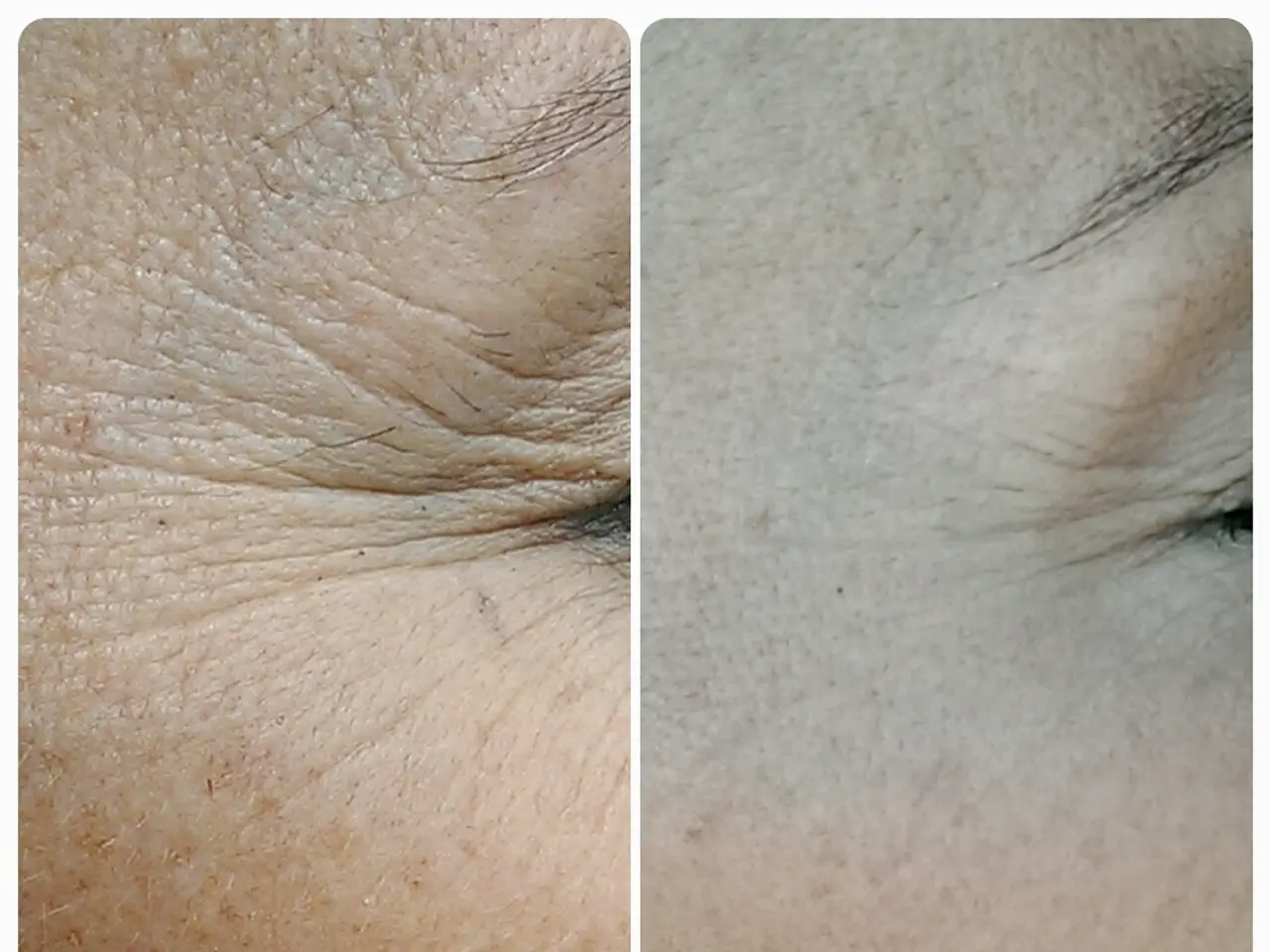Radiation Therapy Varieties: Functioning Mechanisms and Patient Experiences
Radiation therapy is a common cancer treatment that uses high-energy beams to destroy cancer cells and shrink tumors. This article provides an overview of radiation therapy, its types, side effects, and the role it plays in cancer treatment.
There are two broad types of radiation therapy: external and internal. External beam radiation therapy (EBRT) involves energy beams coming from a machine outside the body and being precisely aimed at the cancer site. On the other hand, internal radiation therapy, also known as brachytherapy, involves a doctor placing an implant containing radiation in or near the cancer site.
Before starting radiation therapy, a person will typically have a meeting to plan the treatment. During this session, a doctor will examine the patient, ask about their health, and discuss the therapy. In the case of EBRT, a planning session called a simulation may be required.
Undergoing radiation therapy can affect a person's ability to have children, so it is advisable to discuss this possibility with a doctor before starting treatment. If a person is receiving radiation therapy to the head or neck, they may need to use a face mask to keep their head in place during treatment.
Healthcare professionals may create a body mold to ensure a person is in the correct position during radiation therapy. The radiation therapist may put temporary or permanent marks on the person's skin to show where to direct the energy beams.
During an EBRT session, a person will typically lie on a table beneath a large machine. Although the person must try to stay still during the treatment, they generally do not have to hold their breath. A speaker system in the room allows the person to talk with the radiation therapist during the treatment.
Radiation treatment alone may not be enough to cure certain early stage cancers, and studies suggest that cancer treatment outcomes are better if a person receives both radiation and chemotherapy following surgery. Brachytherapy may be especially effective for treating cancers in certain parts of the body, such as the cervix, vagina, uterus, rectum, head and neck, eye, prostate, brain, lung, skin, breast, esophagus, anus, and bladder.
Radiation therapy side effects commonly include fatigue, skin changes, mucosal inflammation, and site-specific symptoms. Some risks of late, potentially permanent tissue damage also exist, depending on the treatment type and cancer location. Management involves supportive care adapted to symptoms and close monitoring by the treatment team.
A doctor may recommend radiation therapy to reduce or cure early stage cancer, stop cancer from spreading, treat cancer that has returned, or relieve symptoms of advanced cancer. Sometimes an implant remains in the body permanently, but it will stop releasing radiation after some time. Once the course of treatment is complete, the doctor will remove the catheter or applicator.
It is essential to note that radiation therapy may slightly increase a person's risk of getting another cancer, so a person should weigh the potential risks and benefits when deciding on a cancer treatment.
References:
[1] National Cancer Institute. (2020). Radiation Therapy and You: Targeting Cancer. Retrieved from https://www.cancer.gov/publications/patient-education/radiation-therapy-and-you
[2] American Cancer Society. (2020). Abdominal Radiation Therapy. Retrieved from https://www.cancer.org/treatment/understanding-your-diagnosis/types-of-treatment/radiation/radiation-therapy-for-cancer/abdominal-radiation-therapy.html
[3] American Society for Radiation Oncology. (2020). Radiation Therapy: What to Expect. Retrieved from https://www.rtanswers.org/patients/what-to-expect
[4] National Health Service. (2020). Radiotherapy for cancer. Retrieved from https://www.nhs.uk/conditions/radiotherapy-for-cancer/
[5] American Cancer Society. (2020). External Beam Radiation Therapy. Retrieved from https://www.cancer.org/treatment/understanding-your-diagnosis/types-of-treatment/radiation/radiation-therapy-for-cancer/external-beam-radiation-therapy.html
- The planning session before starting radiation therapy often includes discussions about a person's health-and-wellness, particularly their medical-conditions such as obesity, which might affect the treatment.
- Studies suggest that predictive science plays a vital role in determining the effectiveness of NSCLC treatment, including radiation therapy and proton therapy, by identifying the most appropriate treatment for each individual patient.
- Depression can be a side effect of undergoing radiation therapy, and healthcare professionals should monitor patients for signs of this condition to provide necessary support and treatment.
- AQ (quality of life) is an important factor to consider when determining the best cancer treatment, and radiation therapy, while effective in destroying cancer cells, may impact a person's health-and-wellness and daily life, both during treatment and after.
- The use of internal radiation therapy, or brachytherapy, has proven to be beneficial in treating many types of cancer, such as those occurring in the breast, esophagus, anus, bladder, and other parts of the body, by delivering high doses of radiation directly to the cancer site.




